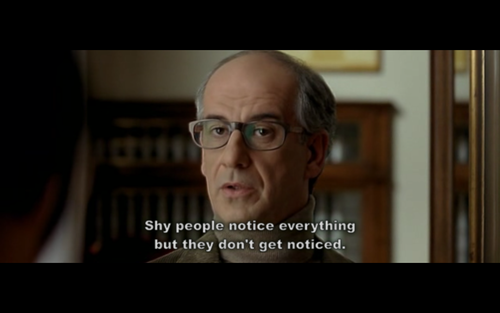Does having a unified team actually translate into improved performance? If implemented correctly, research shows team cohesion can improve morale, motivation, and loyalty. And having high marks in these areas is certainly an indicator for performance.
What we’re talking about isn’t just getting your employees to meet up at the bar after work a couple times a week, although that wouldn’t hurt. You might even join them occasionally. As a manager, you want to create cohesion around common goals, successes, and pride to be a part of your team.
How do you create a culture where this kind of team-centered unity can thrive? There are many systems out there designed to improve organizational behavior and team cohesion. Before you spend a lot of money and time trying to implement one of these, just take a look at a few basic principles.
1. Make employees aware of organizational values
As a team performance specialist, I’m always shocked how often I hear from employees that they have no idea what the values of their company are. “To make money”, is a common response. Of course making money is important, but there is more to a company than the profit at the end of the year. Every business owner and manager has an idea how she wants her team to run, but she may not understand the power of sharing these ideals with their employees. If you have a clear mission statement and vision statement and expect your employees to know and follow them, there’s a good chance they’ll buy into that mission and vision. For help developing these documents, click here.
2. Create opportunities to build trust
It’s hard to trust someone you haven’t seen in the heat of battle, so to speak. That’s why many organizations use team building retreats and workshops or field softball teams. The point is to let employees get to know each other’s strengths and count on each other in a situation where their job isn’t on the line. It also helps build a team spirit that can translate into better job performance.
3. Encourage employees to wear your team colors
This may sound silly, but there’s a reason militaries and sports teams wear uniforms. They create a sense of belonging and pride. I’m not suggesting implementing a ridiculous dress code in your office, but buying your employees jackets, T-shirts, or customized silicone bracelets with your company logo and slogan could go a long way to instilling a sense of identity as a member of your organization. You might be surprised how cost effective it can be to outfit your employees this way. Here’s a good source to get started.
4. Empower employees to improve their own systems
One of the surest drains on employee morale I’ve seen is keeping your people working with outdated conventions and systems that create inefficiency and diminish their ability to shine. Giving employees input in how to improve work processes lets you take advantage of their experience, improves adherence to policies, and builds a sense of ownership for the results of work. Let your employees know how they can suggest ideas for improving processes, automated tools, and customer relations conventions. Maybe there could be a specified time in a monthly meeting to offer and discuss suggestions. Even if you ultimately choose not to make the change, your employees will appreciate being listened to.
5. Provide ways to resolve conflicts productively
There are always conflicts when you have people working together. But depending on the culture of your organization, people may not feel free to address issues either with co-workers or management. The result is often gossip, cliques, decrease in productivity, high employee turnover. There needs to be a space where people can voice what they’re feeling without worrying that their jobs may be a risk. One of the worse things for a manager to learn is that these conflicts have been occurring under his nose and he had no idea. An employee may not feel comfortable speaking directly to her boss about an issue she has with his management style. So you may want to have a way employees can anonymously register complaints even if you have a relatively small work force.
Creating a culture that encourages team cohesion takes intelligent policies, consistent devotion to the goal from leadership, and time. If your organization has an every-man-for-himself culture, you may have to show a lot of sustained good faith effort before you see any fruit. Don’t expect your people to start brandishing their company wristbands tomorrow, but company unity will come when you’ve shown your employees that you’re serious about making changes.











 For ease of writing, let’s just name the “person” Doris or Bill and they are interchangeable so no arguments about sex.
For ease of writing, let’s just name the “person” Doris or Bill and they are interchangeable so no arguments about sex.













